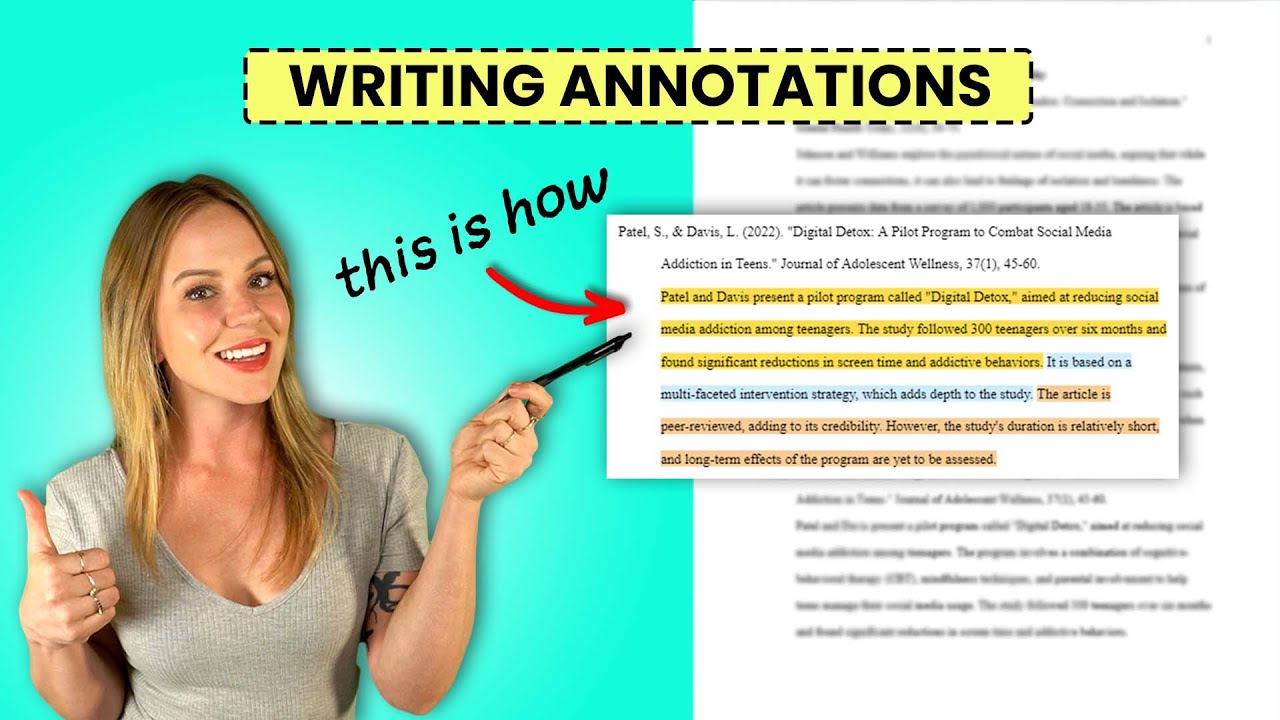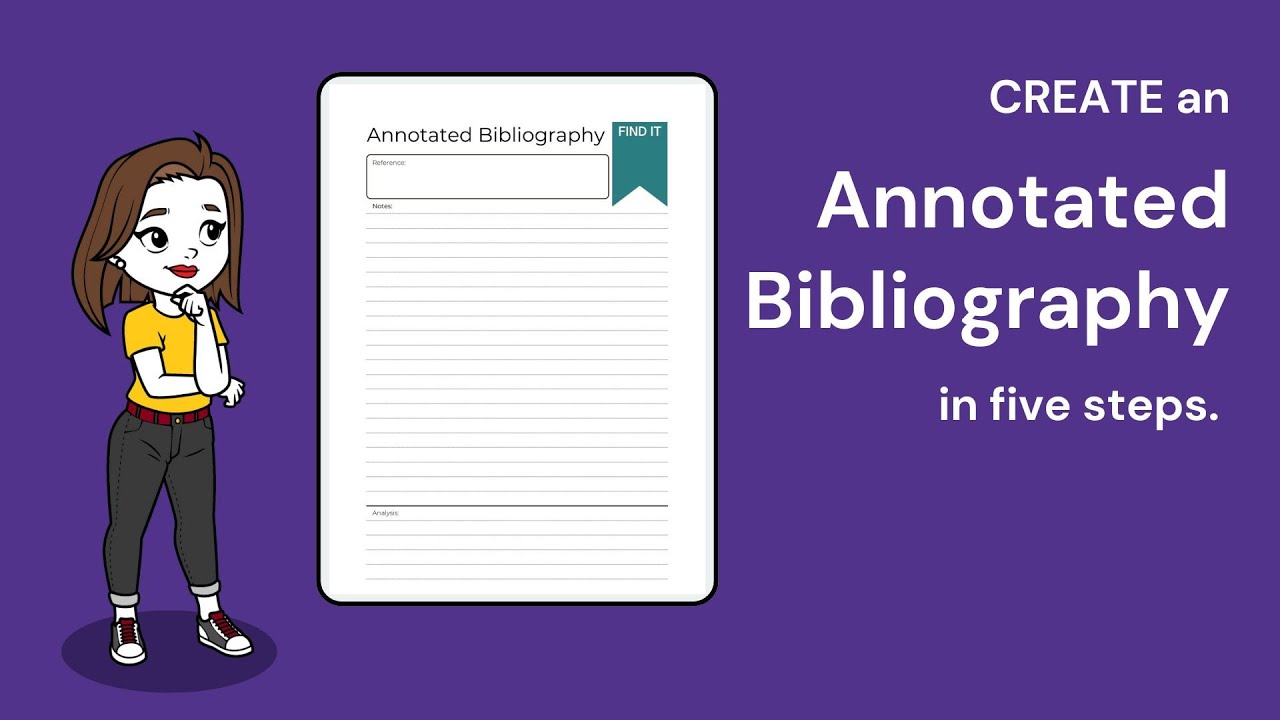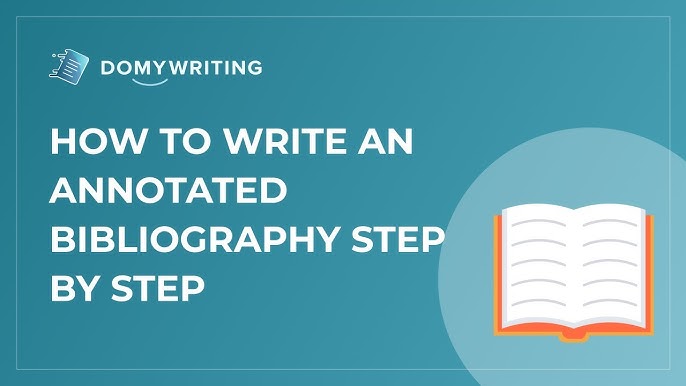Creating an annotated bibliography can be a daunting task, especially for students and researchers who are pressed for time. An annotated bibliography is a valuable tool that helps organize sources, summarize the main ideas of the works, and provide insight into how each source supports your research. Whether you’re writing a research paper, thesis, or a simple report, an annotated bibliography plays a key role in showcasing the quality and relevance of the sources you’ve used. Luckily, many tools, such as an annotated bibliography generator or annotated bibliography generator free, can simplify the process. This guide will walk you through how to craft a well-structured annotated bibliography, offer some useful tips, and highlight the tools available to make this process more manageable.
What is an Annotated Bibliography?
An annotated bibliography consists of a list of citations to books, articles, and other sources used in a research project. Each citation is followed by a brief annotation—typically 150-200 words—that summarizes and evaluates the source. This annotation provides critical analysis and commentary on the source’s quality, accuracy, and relevance to your research topic.

Hiheai.com
Why is an Annotated Bibliography Important?
Annotated bibliographies serve multiple purposes in academic and professional research:
-
Demonstrate the depth of research:
It shows that you have thoroughly reviewed the literature related to your topic.
-
Provide insight into your thought process:
Readers can understand why specific sources were chosen and how they contribute to the topic.
-
Assist in organizing research:
By summarizing each source, you can easily refer back to the key points without re-reading entire articles or books.
-
Support future research:
A well-crafted annotated bibliography can serve as a reference guide for other researchers working on similar topics.
Key Components of an Annotated Bibliography
While there is no one-size-fits-all approach to writing an annotated bibliography, most annotations include the following elements:
-
Citation:
The citation for each source follows the style guidelines (e.g., APA, MLA, Chicago) required by your institution or field of study.
-
Summary:
Briefly describe the central argument or purpose of the source.
-
Evaluation:
Assess the credibility, reliability, and accuracy of the source.
-
Relevance:
Explain how the source fits into your research and how it contributes to your understanding of the topic.
Steps to Writing an Annotated Bibliography

Hiheai.com
-
Choose your sources wisely:
Select sources that are relevant, reliable, and up-to-date. Academic journals, books from reputable publishers, and credible websites should be prioritized.
-
Cite each source:
Follow the proper format for your chosen citation style. An annotated bibliography generator can be very helpful for this step, especially if you’re not familiar with citation rules. Tools like Grammarly’s annotated bibliography generator free offer an easy-to-use interface to ensure your citations are accurate.
-
Write the annotation:
Summarize the main points of the source. Ask yourself questions like: What is the purpose of the work? What are the main findings? Is the author credible?
-
Evaluate and reflect:
Consider how each source supports your research. Does it provide valuable insights? How reliable and authoritative is the source? Is it scholarly or more popular?
-
Revise and edit:
Ensure that your annotated bibliography is concise and free from errors. Check the format, grammar, and structure.
Using Annotated Bibliography Generators
Creating an annotated bibliography can be tedious, especially if you have many sources to include. This is where online tools come into play. Tools such as annotated bibliography generator free online offer a quick and efficient way to format citations and annotations. These generators allow you to input the details of your source (author, title, publication date, etc.), and they automatically format it in the desired citation style. Some even allow you to add annotations, so the entire process is streamlined.
Grammarly’s annotated bibliography generator is another excellent resource. While Grammarly is often known for its writing enhancement features, it also offers tools to generate citations, making it easier to create annotated bibliographies without worrying about formatting mistakes. By using an annotated bibliography generator Grammarly, you can save time and focus more on the content of your research.
Best Practices for Writing an Annotated Bibliography

Hiheai.com
-
Keep it concise:
Stick to the key points when summarizing and evaluating your sources. Avoid unnecessary details.
-
Use academic language:
Since this is a formal document, make sure your writing is clear, concise, and academic in tone.
-
Stay consistent:
Make sure each annotation follows the same format and style. This ensures a cohesive final document.
-
Double-check citations:
Even if you use a generator, it’s important to review each citation for accuracy and consistency with the required citation style.
Conclusion
Annotated bibliographies are essential components of research, helping to organize and evaluate sources. By using tools like an annotated bibliography generator free online, you can streamline the process and focus on the quality of your analysis. Whether you use a generator or compile it manually, ensure your annotated bibliography is well-structured and provides valuable insights into your research.



